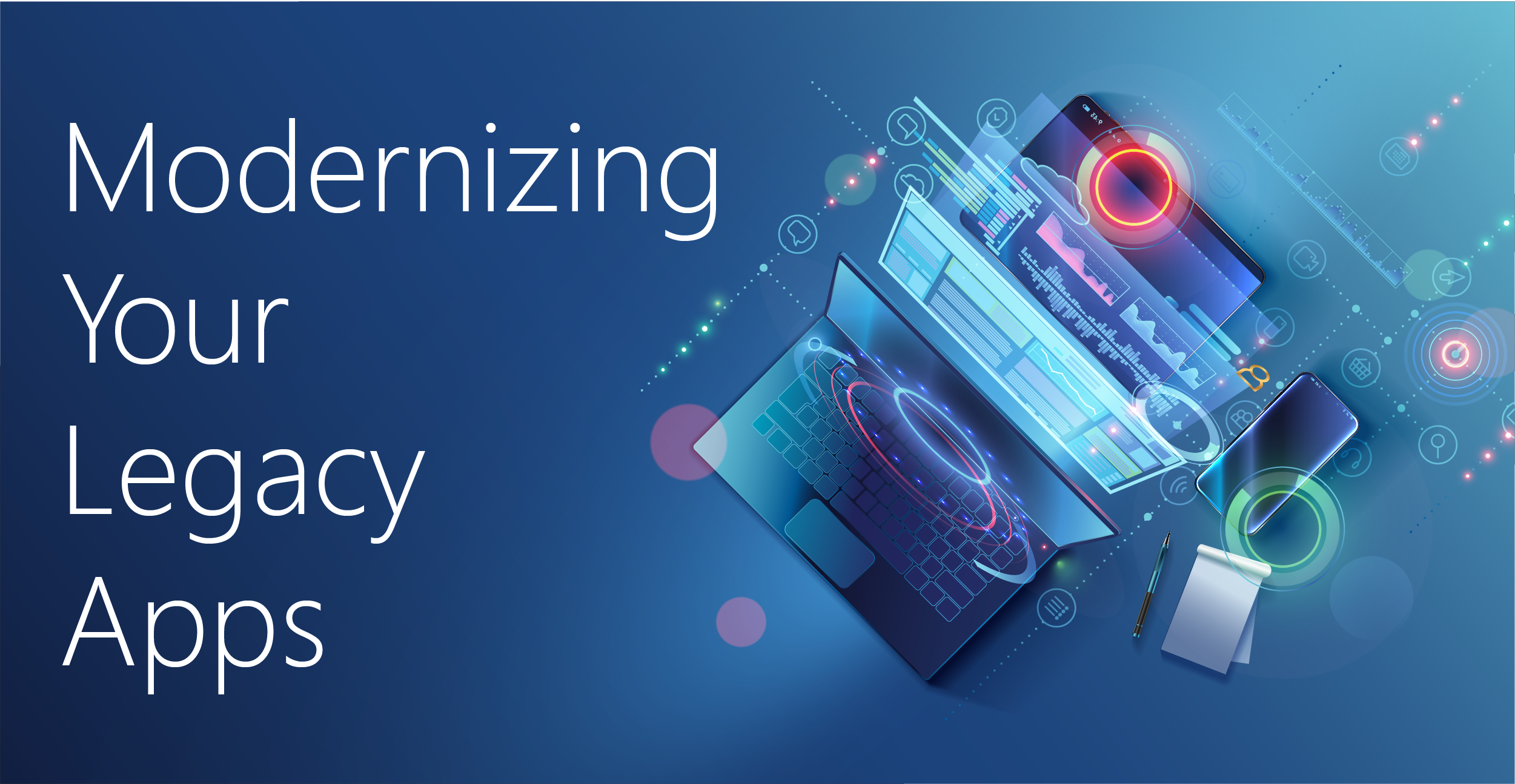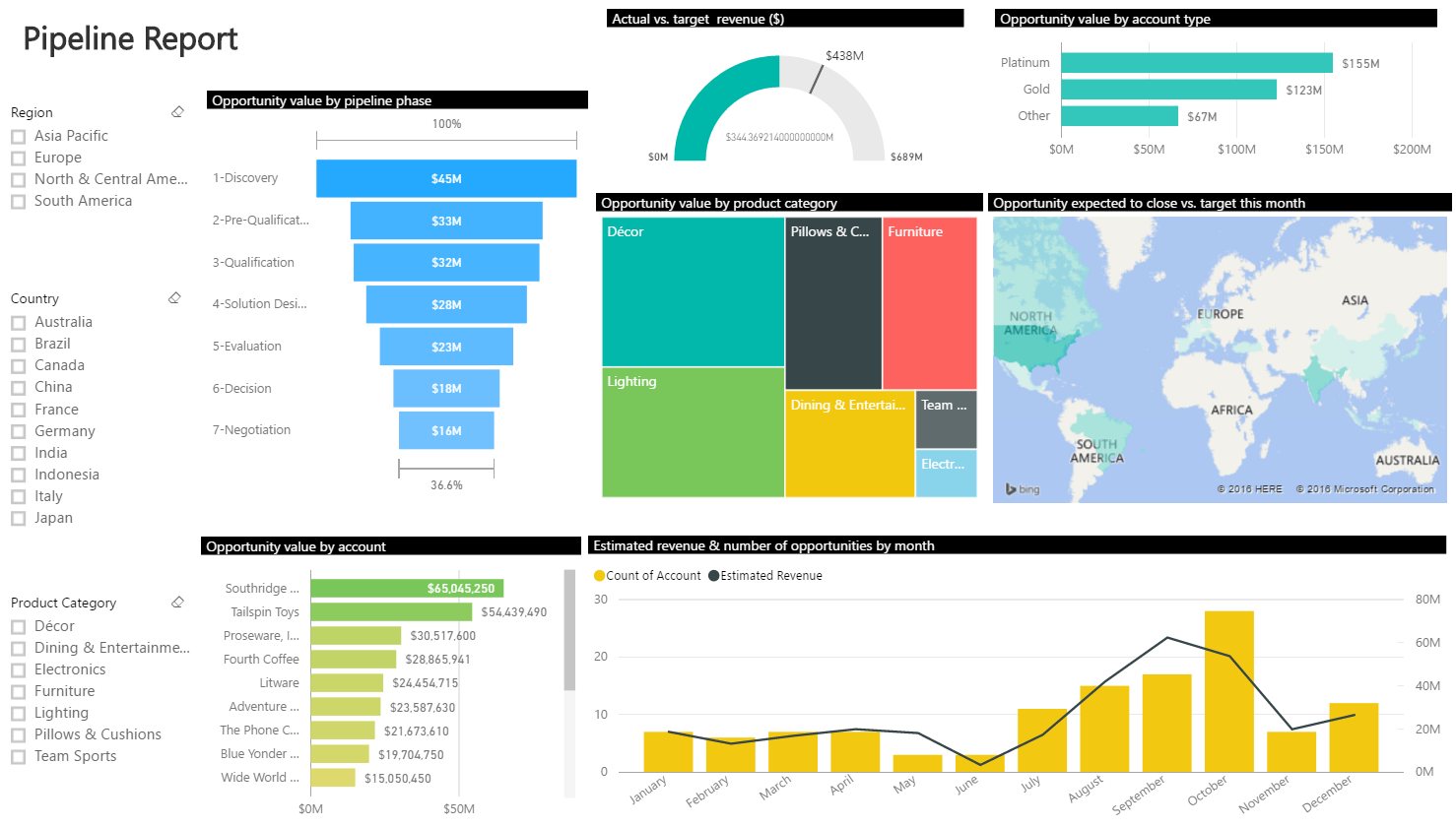
In today's fast-paced business landscape, staying ahead of the competition requires efficient and effective solutions. According to Microsoft’s Work Trend Index, nearly 70% of employee report that they don’t have sufficient time in the day to focus on “work”, with more time being spent Communicating than Creating.
Microsoft 365 Copilot is designed, with Microsoft’s cloud trust platform at its core, to allow for employees to both be more productive, reduce the time spent searching for information, performing mundane tasks, and other low-value activities.
Applications don't age like fine wine. The older an application is, the less likely it will work natively with newer hardware and software. In turn, this means you'll spend more time maintaining your legacy application and less time building newer and more valuable software. You'll also spend more money. Companies spend up to 80% of their IT budgets maintaining legacy applications.
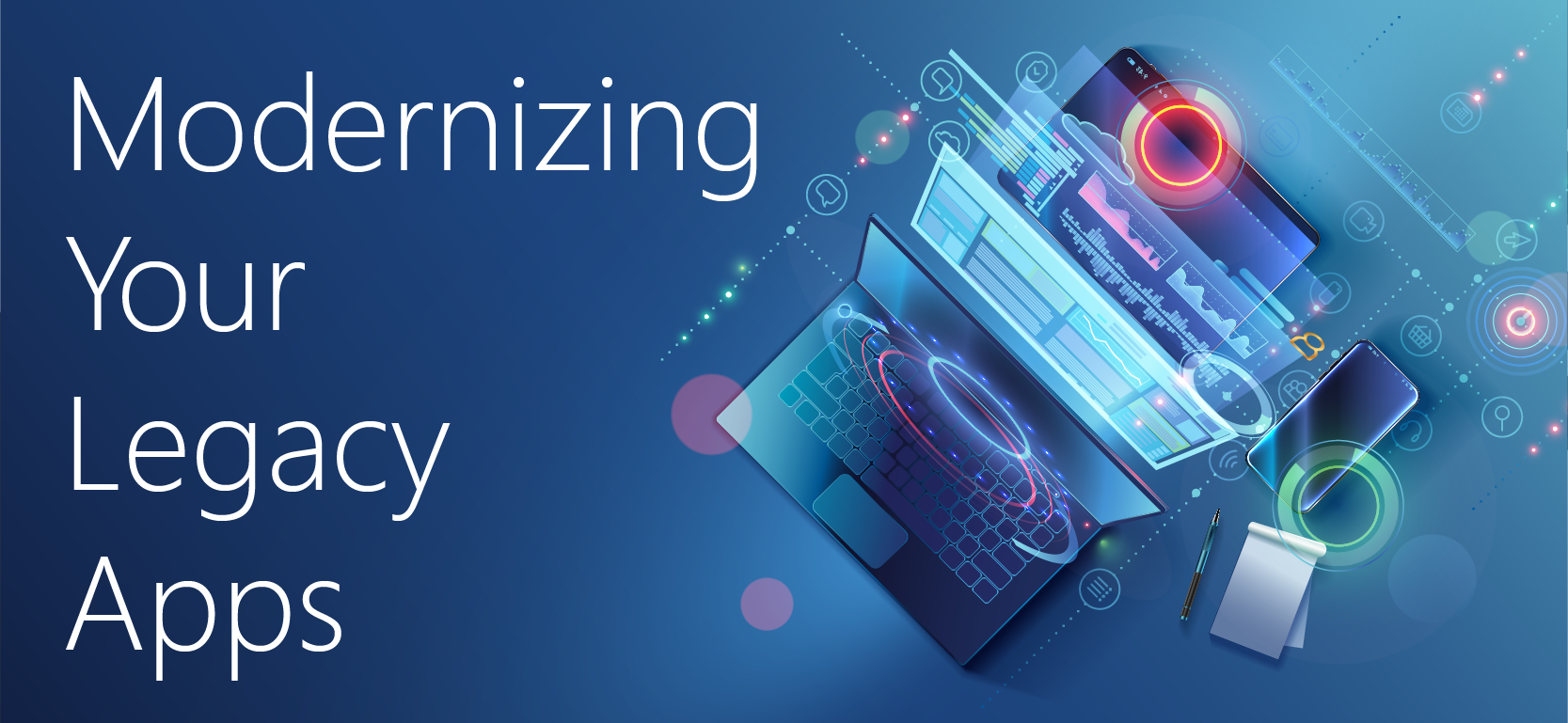
Maybe your company isn’t spending the majority of its IT budget on maintaining legacy apps – but it is definitely spending a non-zero amount. You may think that the cost of replacing these apps – including all of their dependencies – may vastly exceed the amount you’d save. You’d probably be right. Fortunately, there’s another way – a way to update your legacy applications to become compatible with modern apps and operating systems, without rewriting them entirely.
Here are three ways you could benefit by modernizing your legacy apps.
1. Reduce Downtime – Both Planned and Unplanned
Legacy applications are usually built in what’s called monolithic style. The application contains its own database and user interface. It is usually designed without modularity. When part of the application fails or is shut down, the entire program usually follows suit.
This fragility represents a problem for administrators, because a built-up environment usually contains a lot of newer applications that depend on the legacy app. If the legacy application fails – or if it needs to be taken offline for a patch – then the entire application stack goes offline as well.
Patches, upgrades, and bugfixes present their own issues. If an application is old enough, the vendor that created it may no longer support it. If it’s an in-house application, the developer who wrote it may no longer be with your company. Applying a patch or fixing an issue will therefore involve a lengthy and frustrating process of trial and error. Meanwhile, your downtime may be costing you up to $5,600 per minute.
"When part of the application fails or is shut down, the entire program usually follows suit."
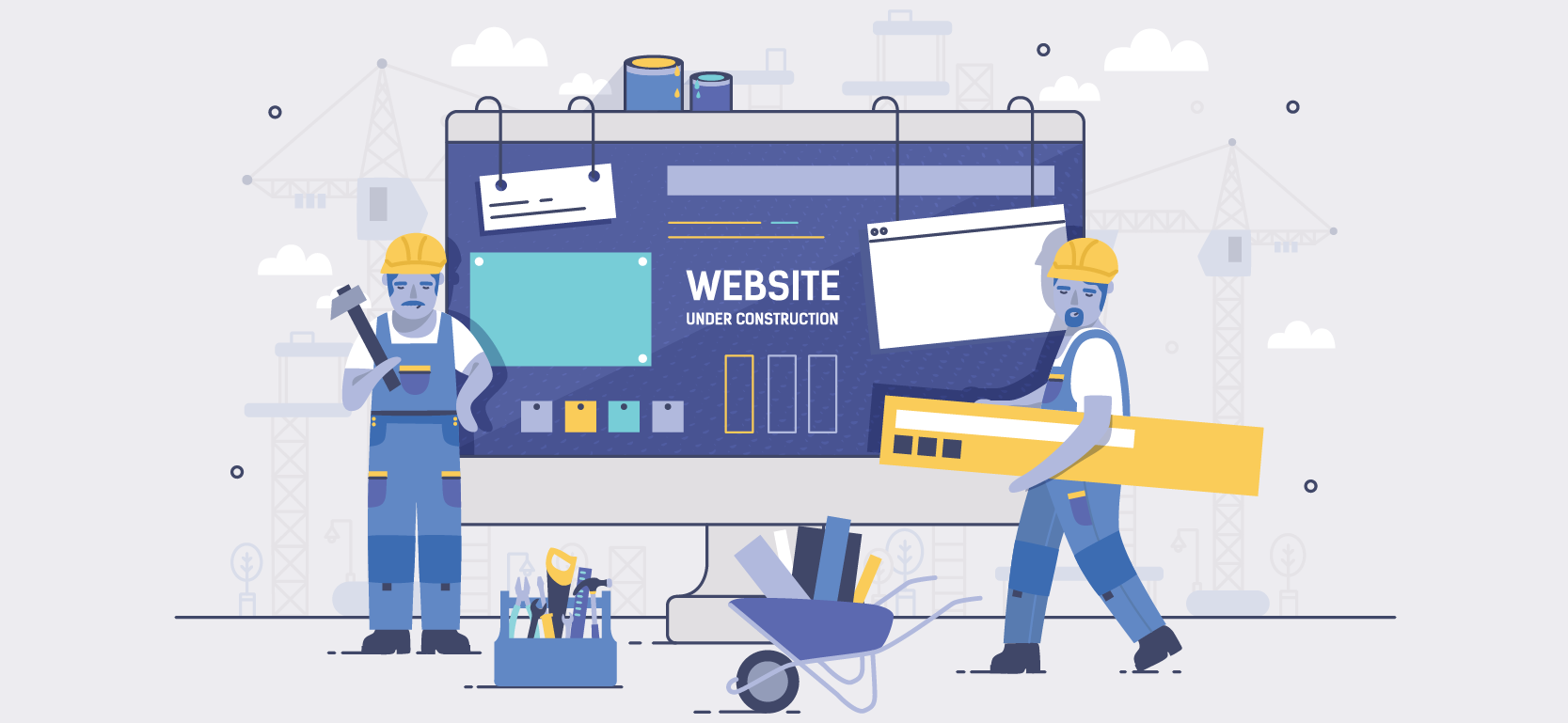
2. Consolidate Your IT Hardware
Another drawback of legacy applications is that they’re inevitably tied to legacy hardware. For example, think about an application that was designed to run on Windows Server 2003. Windows Server 2003 is a heavily deprecated operating system. Rather than purchase a new server and then trying to run Windows Server 2003 on it, you’re probably going to leave your legacy application running on the legacy boxes that can still run its outdated operating system.
These older servers and appliances aren’t worth running. They take up space in your server racks, they consume cooling costs, and finding spare parts for them is a steadily increasing pain. In terms of their storage, memory, and CPU capacity, you could – and should – replace dozens of them with just one or two modern machines.
Once you modernize your legacy applications, you’ll be able to run them however you want. You could place them in the cloud or place them in containers running on virtual machines in your on-premises servers. They’ll no longer be tied to clunky bare-metal hardware, and you’ll be able to free up valuable space and reduce the cost of ownership in your server room.
"Once you modernize your legacy applications, you’ll be able to run them however you want."
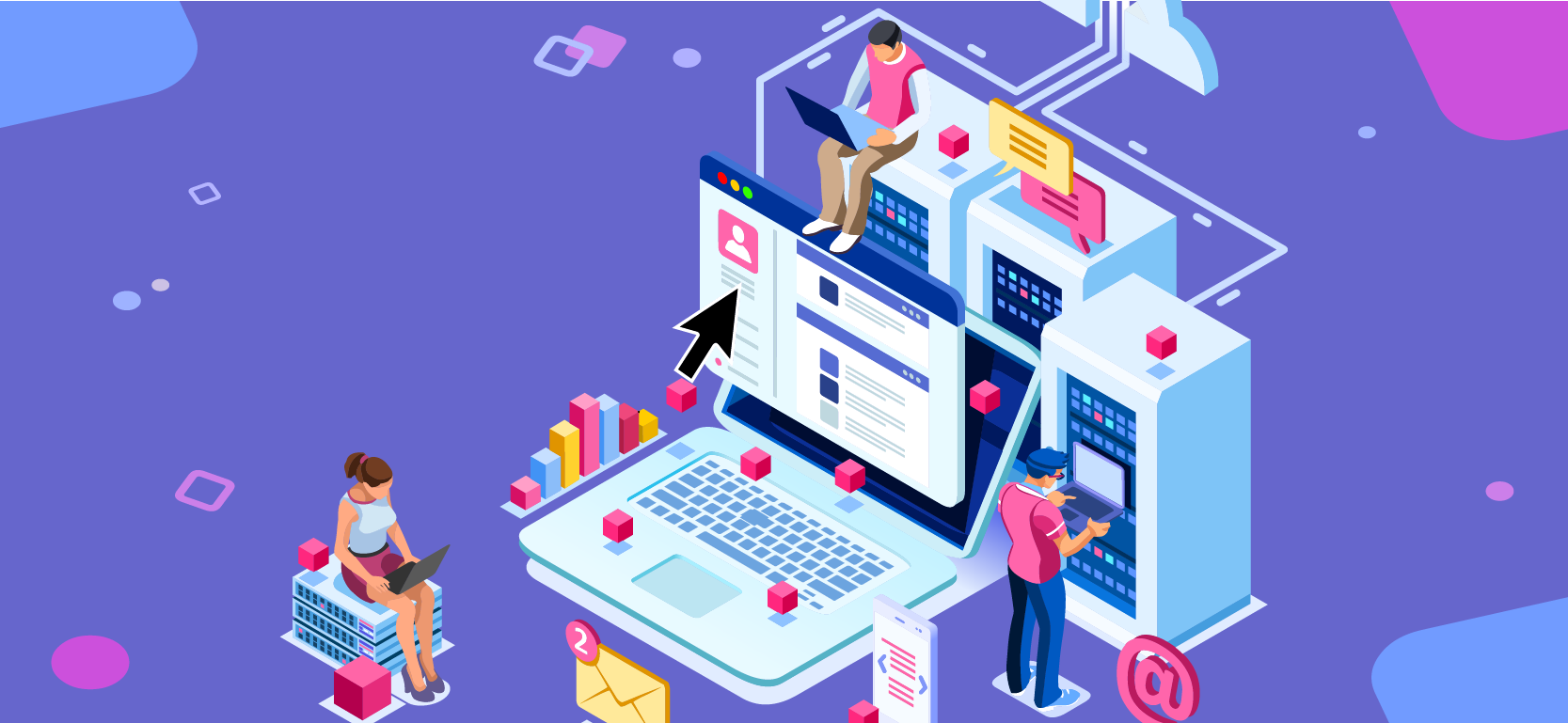
3. Avoid Expensive Maintenance
Even as technology has marched on, it’s not necessarily uncommon for companies to continue running applications from the early 2000s, the 1990s, or even the 1980s. COBOL, a programming language designed in the 1950s, still powers applications used by 40% of banks.
The professionals who understand COBOL are retiring – and so are the people who wrote your other legacy applications. If one of your legacy applications breaks and there’s no one left who understands it, you have three options.
- Drop everything you’re doing and try to understand 150,000 lines of code from 1996
- Hire your retired employees as consultants for hundreds of dollars an hour
- Modernize your legacy applications
Using custom-generated APIs, it’s now possible to translate the output of deprecated programming languages into understandable forms such as JAVA – without being forced to understand and then modify the underlying COBOL. In other words, application modernization helps you translate legacy applications into new forms without the difficulty of understanding old ones.
"COBOL, a programming language designed in the 1950s, still powers applications used by 40% of banks."

Start Modernizing Now – Before it’s Too Late
Application modernization has become an especially pressing concern due to the impending sunset of Windows 7. Companies only have until January 2020 to update their endpoints to Windows 10 before support for Windows 7 runs out. If they have a mission-critical legacy application that’s designed only to run on Windows 7, it could delay the entire migration – forcing companies to run copies of Windows 7 past the support deadline.
KiZAN can help you prevent application decay, reduce your total cost of ownership, and ensure your critical legacy applications function on-premises or in the cloud.

